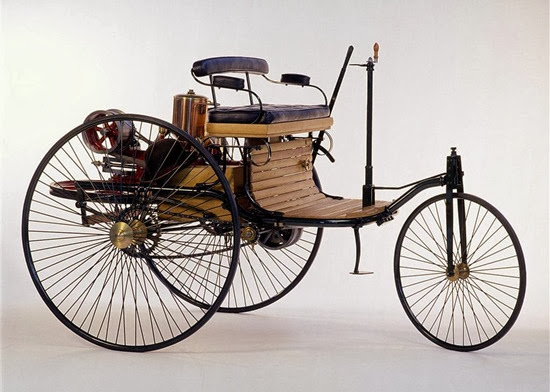
Top 10 Inventions Commonly Credited to the Wrong People
By Michael Van Duisen, Toptenz, 1 March 2014.
By Michael Van Duisen, Toptenz, 1 March 2014.
Many of our everyday inventions have colourful mythology surrounding their origins, but this list will hopefully illuminate some of the mistakes which have been made. Even if reality is less interesting than the fantasies we’ve constructed, it’s important to give credit where credit is due.
10. The Assembly Line was Actually Invented by The Chinese
The man most often credited with inventing the assembly line is the wrong one: Henry Ford. (Contrary to popular belief, he didn’t invent the moving assembly line either: that was most likely Ransom Olds, of Oldsmobile fame.) As far as the assembly line is concerned, the basic process was invented by the Chinese, during the reign of Qin Shi Huang, the first Emperor of China, and was used to build the famous Terracotta Army. The various parts which make up the statues were built in different areas of China (even stamped with their specific factory) and brought together to be assembled at a different place and time.
9. Peanut Butter was Actually Invented by The Incas
Most people would probably say with absolute certainty that George Washington Carver invented peanut butter, and they would be wrong. While he was a huge proponent of peanuts as a crop and came up with over three hundred uses for them, Carver did not invent peanut butter. That glory belongs to the Incas. The first mention of peanuts was in 950 B.C. in South America, and the Incas were known to have manufactured peanut butter. Peanuts have even been found in various tombs throughout Peru.
8. The iPod was Actually Invented by Kane Kramer
Technically, the invention of the iPod belongs to the engineering team at Apple, but the invention for the first portable digital media player was actually invented by a British man named Kane Kramer. In 1979, at the tender age of 23, Kramer developed a device which stored 3.5 minutes of music on a chip, and actually filed a worldwide patent for it. He was said to have an enormous amount of orders from the music business but, due to office politics, he was unable to raise the US$90,000 needed to renew it and the patent lapsed.
7. The Steam Engine was Actually Invented by Hero (An Ancient Greek)
James Watt is usually miscredited as the inventor of the steam engine, but he merely invented the first commercially viable one. The first idea of a steam engine was described as a machine in Alexandria which only had one use: to turn a globe on its axis, through a sealed cauldron and a series of pipes. It was forgotten for thousands of years until 1698, when Thomas Savery, an English inventor, built a machine which used steam to pump water out of coal mines. It had no moving parts, and wasted so much coal it was impractical. Another English inventor, Thomas Newcomen, improved upon it, introducing a moving piston, before James Watt did his work.
6. The Automobile was Actually Invented by Karl Benz
Just like with the assembly line, Henry Ford is incorrectly given credit for the invention of the automobile, when it was actually the German engineer Karl Benz, the founder of Mercedes-Benz. In 1879, Karl Benz demonstrated the first gasoline-powered automobile, 17 years before Henry Ford first drove his Ford Quadricycle. Compared to the cars of today, Benz’s design was incredibly primitive, as his engine produced a total of .75 horsepower, 186 times less than that of a 2013 Honda Civic. The first “real” automobile was developed by Wilhelm Maybach in 1900.
5. The Telescope was Actually Invented by Hans Lippershey
The “father of modern physics,” Galileo Galilei, is often credited with the invention of the telescope. However, it was actually developed by a Dutch spectacle-maker named Hans Lippershey in 1608, a year before Galileo improved upon his design. A common story about its invention involves two children playing in his workshop, with Lippershey noting that a distant windmill seemed closer when viewed through the separate lenses they held in their hands. The first telescope only magnified objects three times, magnitudes lower than the one developed by Galileo.
4. The Radio was Actually Invented by David Edward Hughes
Incorrectly identified as the inventor of the radio, Guglielmo Marconi was a rather gifted inventor, improving on previous radio designs, especially in regards to range. However, the real first creator of the radio was David Edward Hughes, the first person to demonstrate how radio waves can transmit sound, which was first proposed by the theoretical physicist James Clark Maxwell. In 1879, a full 15 years before Guglielmo Marconi first received his patent for the radio, Hughes demonstrated the ability to send Morse code signals over the air, but it was incorrectly identified by the Royal Society of London as induction.
3. The Telephone was Actually Invented by Antonio Meucci
Alexander Graham Bell is usually credited with the invention of the telephone, since it was his name on the patent and all. However, his invention was incomplete and actually changed after filing his patent, utilizing some of Elisha Gray’s design.
But neither one of these men is recognized as the actual inventor of the telephone: that honour belongs to Antonio Meucci. Unfortunately, he couldn’t afford the money necessary to file a patent and his prototype was “lost” by Western Union, which signed a lucrative deal with Bell when he received his patent for the telephone. Later, Antonio Meucci took Bell to court, even getting the Supreme Court to agree to hear the case, but he died before his suit could be finished.
2. The Light Bulb was Actually Invented by Humphry Davy
Probably thanks to his unabashed self-promotion, Thomas Edison is usually credited with the invention of the first light bulb. He was not, though he did invent the first commercially viable one. The real inventor was Humphry Davy in the early 1800′s. In 1809, he publicly demonstrated how to cause a current of electricity to pass between two strips of charcoal, creating the first arc lamp in the process.
The first creator of an incandescent light bulb meanwhile, was Warren De la Rue. Though his had an efficient design, it was commercially impractical because he used platinum strips, which were prohibitively expensive.
1. The Flush Toilet was Actually Invented by the Chinese
We started with the Chinese, and so shall we end with them. Constantly providing a laugh for schoolchildren is the mistaken inventor of the flush toilet: Thomas Crapper. He did invent various important components for the modern flush toilet, but the toilet itself was actually invented over 2,000 years ago in ancient China. Unfortunately for everyone involved, toilet paper was not created until several decades later.
Various civilizations, including Rome and Egypt, had plumbing systems to help with sanitation and, while they were rinsable, they were not flush toilets as we know them.



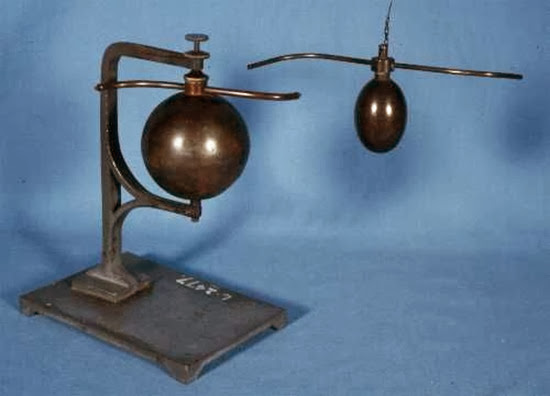
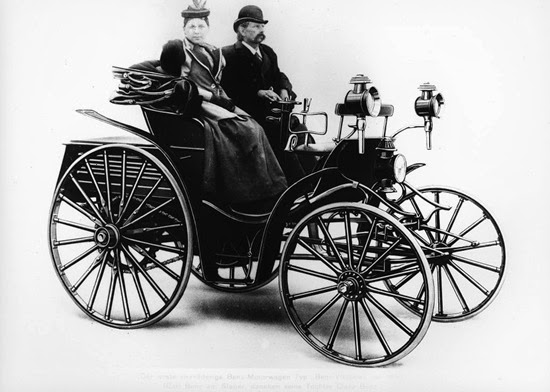
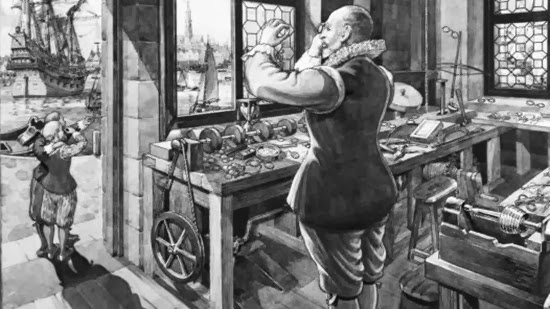
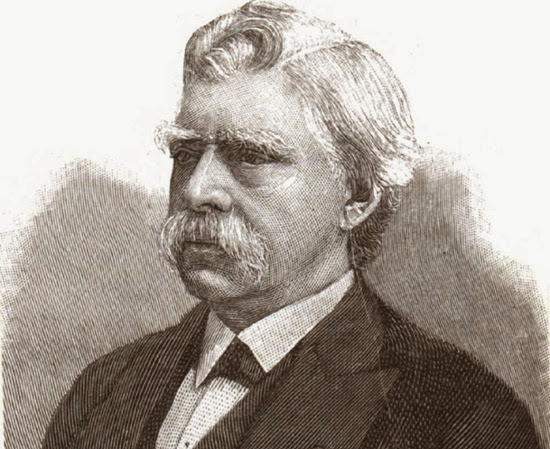
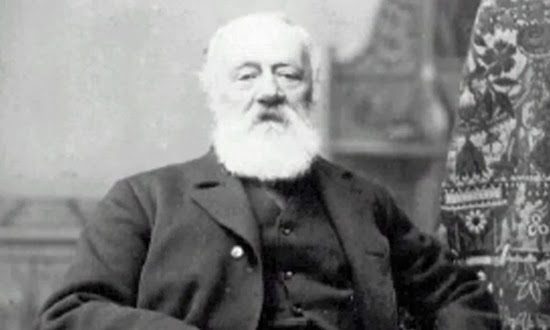
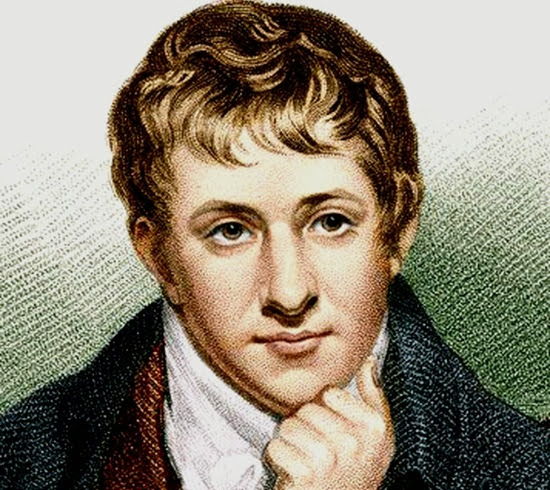

No comments:
Post a Comment
Please adhere to proper blog etiquette when posting your comments. This blog owner will exercise his absolution discretion in allowing or rejecting any comments that are deemed seditious, defamatory, libelous, racist, vulgar, insulting, and other remarks that exhibit similar characteristics. If you insist on using anonymous comments, please write your name or other IDs at the end of your message.